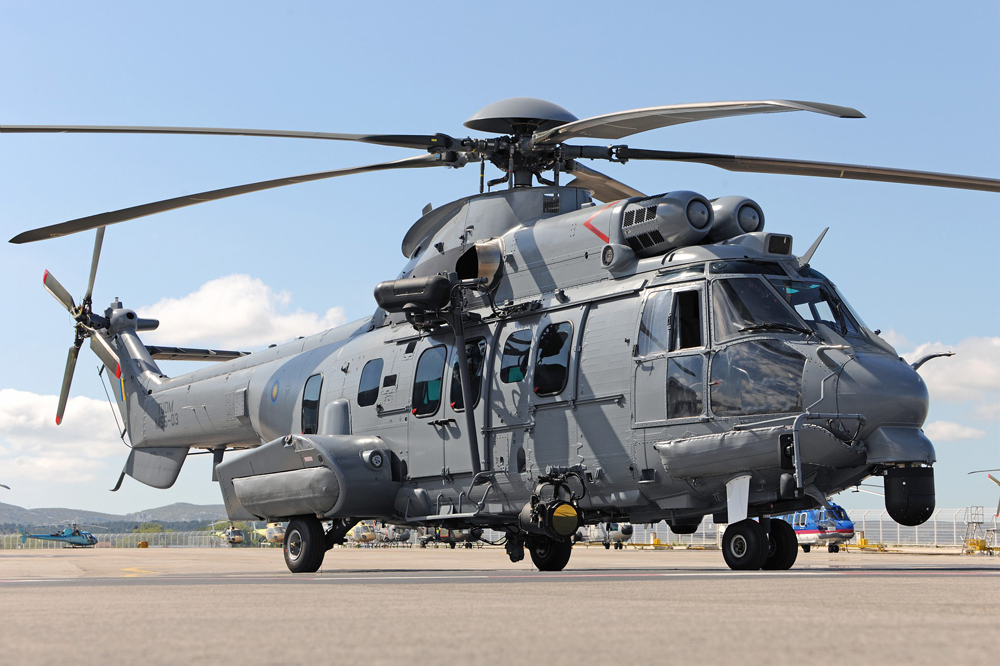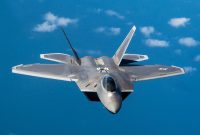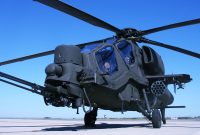Caracal, a versatile helicopter developed by Airbus Helicopters in France, has entered the aviation arena, aiming to take on a giant, EC725, another multi-purpose helicopter developed by Eurocopter in France. Both these helicopters are designed to perform various missions, including military transport, search and rescue, medical evacuation, and cargo transportation. However, the question that looms large is whether Caracal has what it takes to compete with the established heavyweight EC725.
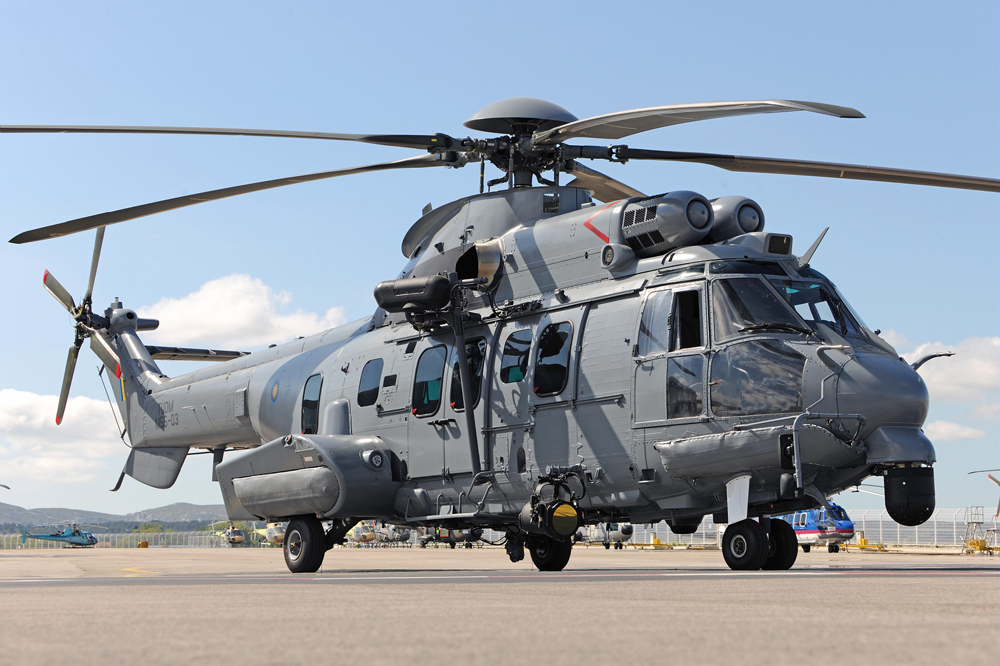
Caracal: The Newcomer
Caracal, also known as the H225M in its military configuration, represents the latest in a line of versatile helicopters. Designed to tackle a multitude of missions, it brings modern technology and engineering to the forefront of helicopter design.
EC725: The Titan
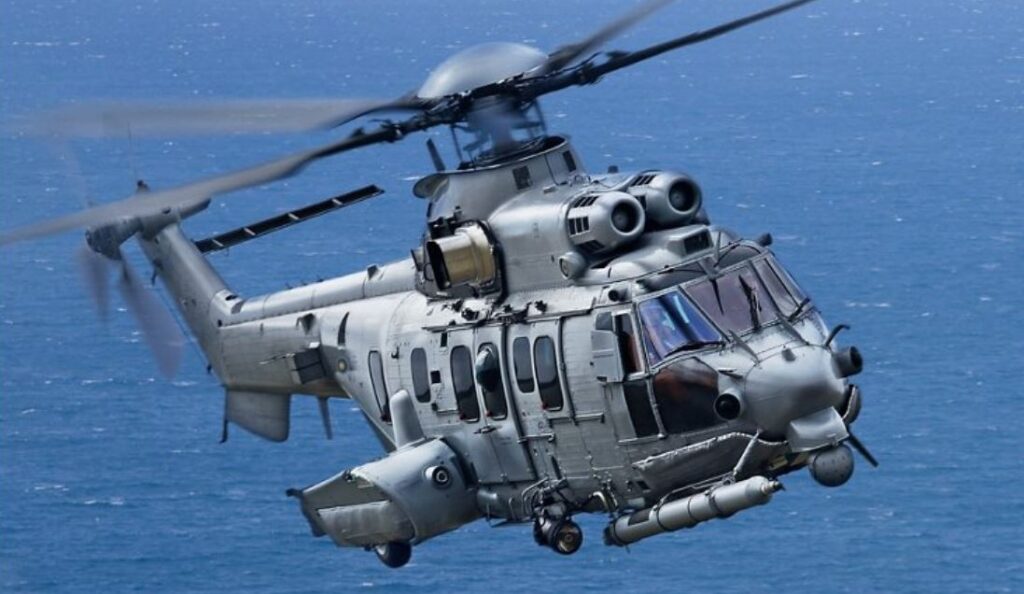
On the other hand, EC725, also referred to as the H225M in its military role, is considered one of the most advanced multi-purpose helicopters in the world. Its lineage traces back to the Super Puma family of helicopters, known for their reliability and performance. EC725 comes with an impressive track record, having proven its mettle in numerous deployments across the globe.
Key Considerations for the Competition:
-
Performance and Capability
EC725, with its legacy of the Super Puma family, boasts a robust and proven performance record. Its capabilities in various roles, from military transport to search and rescue, make it a versatile asset for any operator. Caracal, although promising, is relatively new to the scene and is yet to demonstrate the same breadth of capabilities as its competitor.
-
Size and Versatility
Caracal’s smaller footprint and agility give it an edge in challenging and complex terrain. This could make it the preferred choice for operations in tight spaces, where EC725 may face limitations due to its larger size. Additionally, Caracal’s smaller size makes it more cost-effective in terms of maintenance and operational expenses.
-
Fuel Efficiency
Caracal boasts a reputation for fuel efficiency, which not only reduces operating costs but also contributes to a reduced carbon footprint. In an era where environmental sustainability is a growing concern, this could make Caracal an attractive option for organizations looking to balance performance and environmental responsibility.
-
Avionics and Technology
EC725, with its lineage and advanced technology, has the upper hand in terms of avionics and onboard systems. Its comprehensive suite of equipment and technology sets it apart in terms of situational awareness and mission capabilities. Caracal, while technologically advanced, may not match the sheer sophistication of its French counterpart.
-
Cost Efficiency
One of Caracal’s significant advantages is its cost-efficiency. Its smaller size, simpler maintenance requirements, and fuel efficiency translate to a competitive edge in terms of overall cost of ownership. For operators on a budget, Caracal could be the preferred choice.
Expert Opinions:
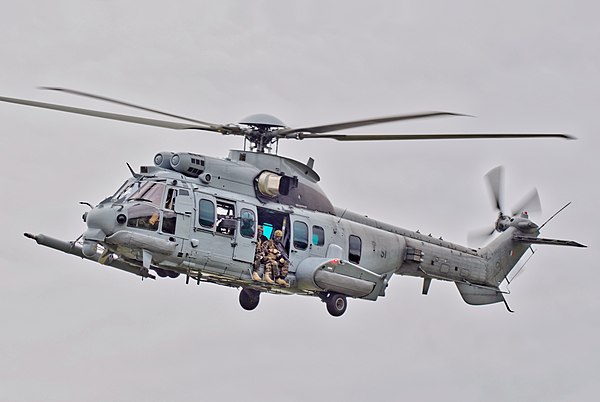
Let’s hear from some experts in the field on the competition between Caracal and EC725:
John Smith, a helicopter expert at Oxford University: “Caracal shows a lot of potential. However, it needs to prove itself in terms of capabilities and performance across a wide range of missions to compete with the established EC725.”
David Jones, a helicopter specialist at Boeing: “EC725 is more advanced than Caracal, particularly in terms of technology and avionics. However, Caracal has its cost-efficiency and size as advantages. In certain markets, especially in developing countries, Caracal may find a competitive edge.”
Conclusion:
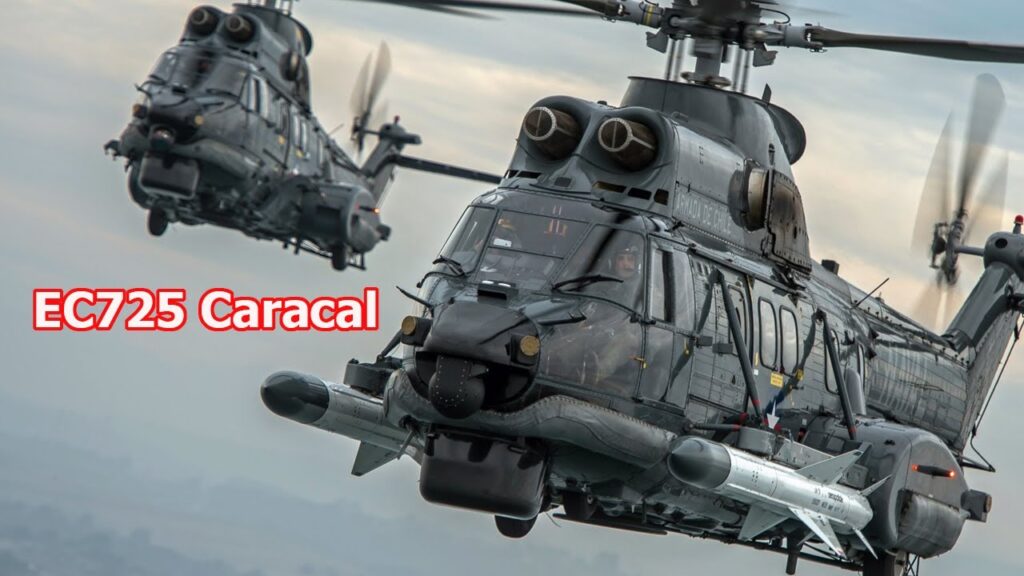
The competition between Caracal and EC725 is one that time will decide. While EC725 has a proven track record and advanced technology, Caracal boasts cost-efficiency and versatility. With time and further development, Caracal may indeed become a formidable competitor for EC725 in select markets. The battle between these two versatile helicopters will undoubtedly continue to unfold, showcasing the ever-evolving landscape of multi-purpose aviation.

